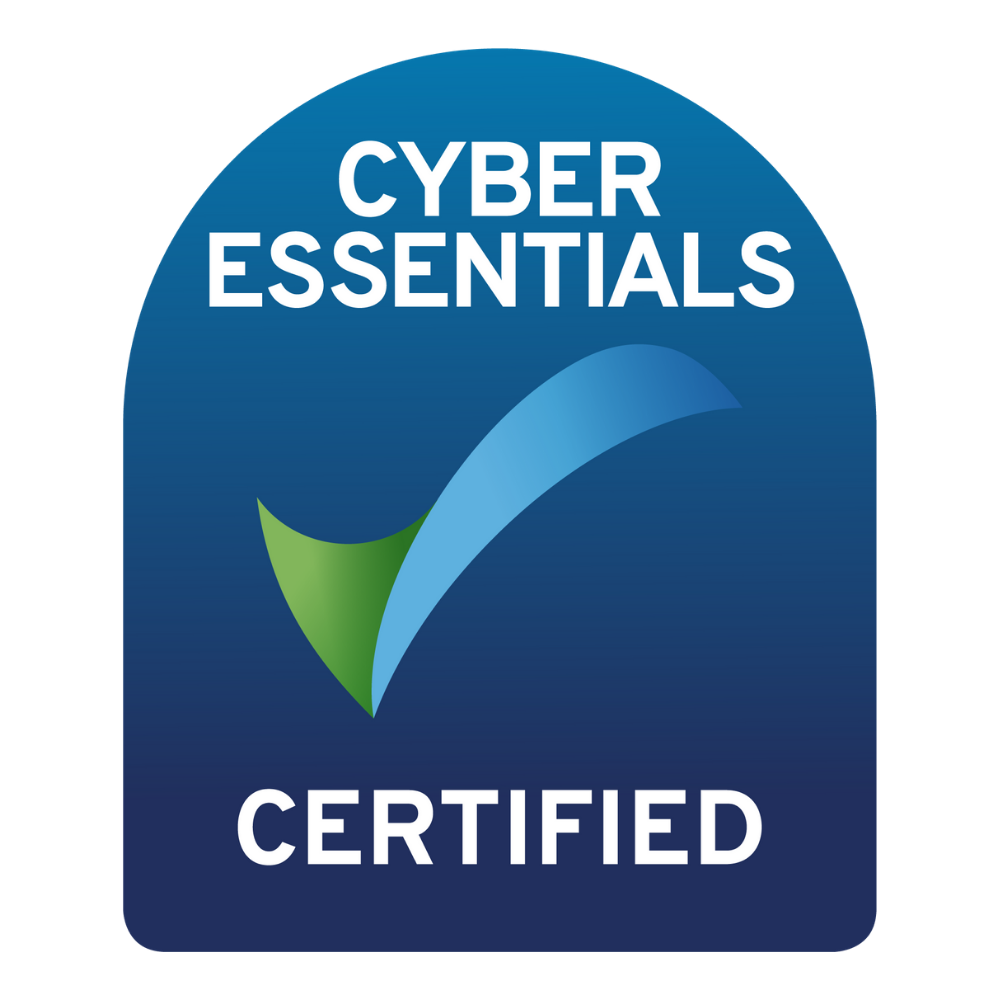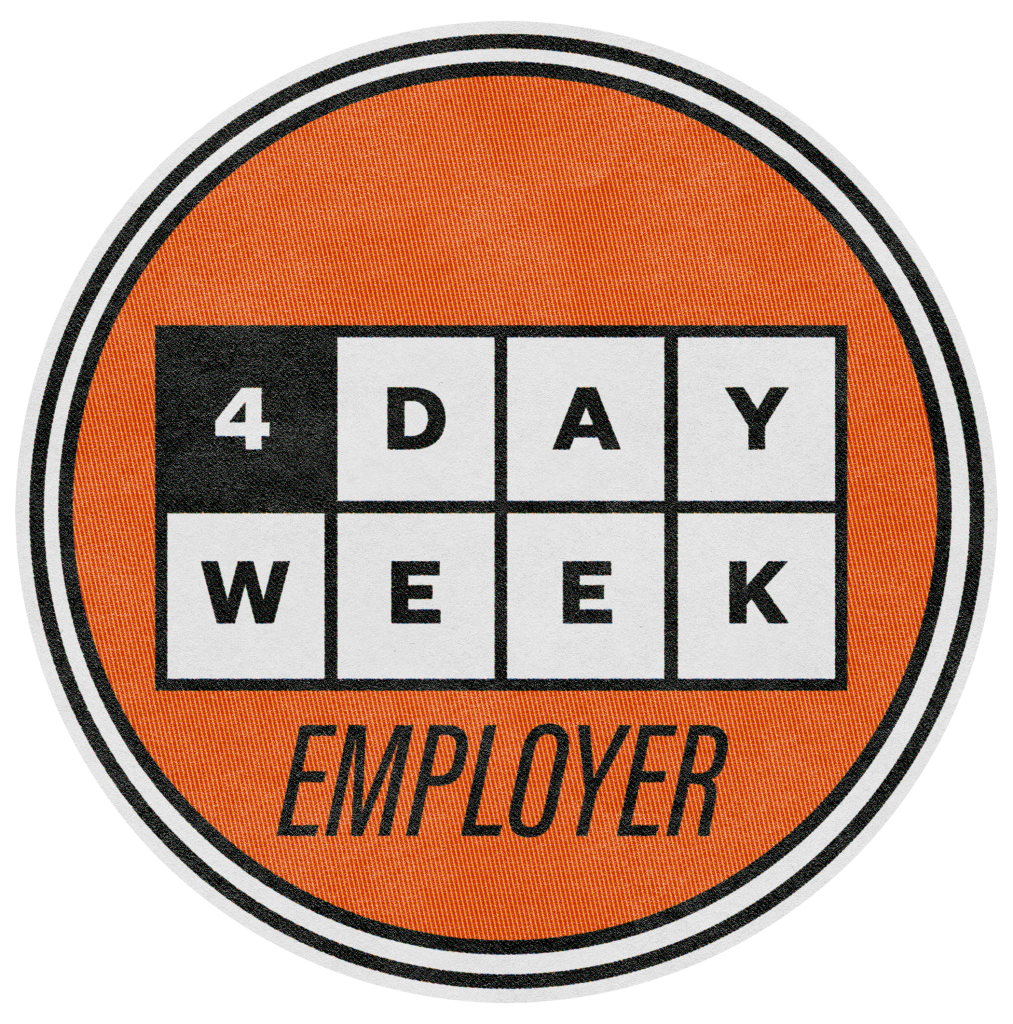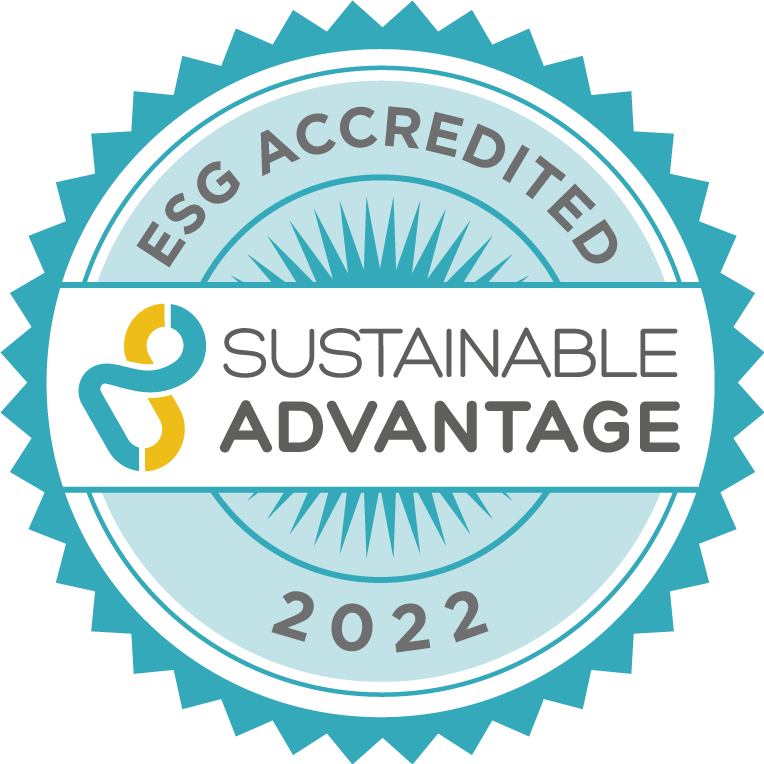It sounds obvious, but it’s important to know your sales cycle and its length to build realistic goals and KPIs into your Go To Market strategy.
This is where having a tight product-market fit makes a real difference to your purchase journey. If you understand exactly the pain point you solve, for exactly what buyer persona in exactly what size company, in which jurisdiction(s), you won’t waste time, effort and money chasing the wrong people.
For example, let’s say your ideal customers are Heads of Compliance at mid-size businesses operating across the EMEA region. Perhaps you’ve found it takes 18 months from first contact with you to purchase, with an average of twelve or more touchpoints including building relationships with at least three other internal influencers.
If that’s the case there’s no point setting a goal of growing 150% in six months using just three touchpoints. That’s not reality – it’s a recipe for frustration. Worse, it will demotivate your sales team.
Discovering the key moments in your existing sales cycle depends on having current, accurate data. If you have an internal demand generation team and/or a data team, you can find out where specific conversion points happen and which tactics are the most effective. Pull that data into your customer journey to highlight key moments your sales team should act on.
If you’re working with an external lead generation company you can ask how they track prospects across touchpoints and what their lead nurturing strategy looks like. A demand generation agency may even be able to benchmark the length of your sales cycle against other RegTech providers and offer pointers on how to streamline it, helping you grow faster.





